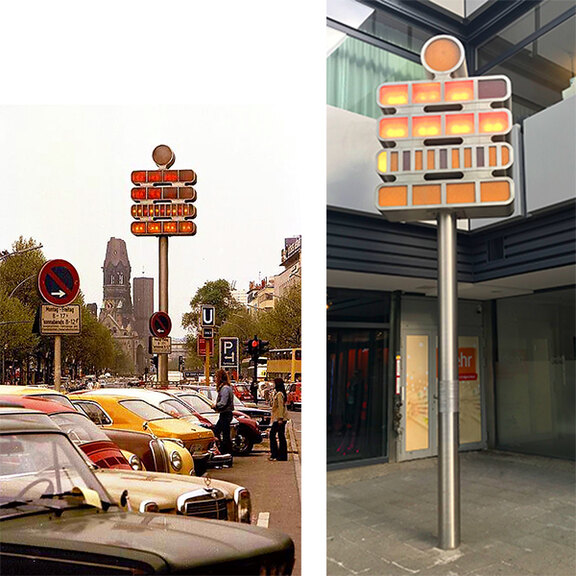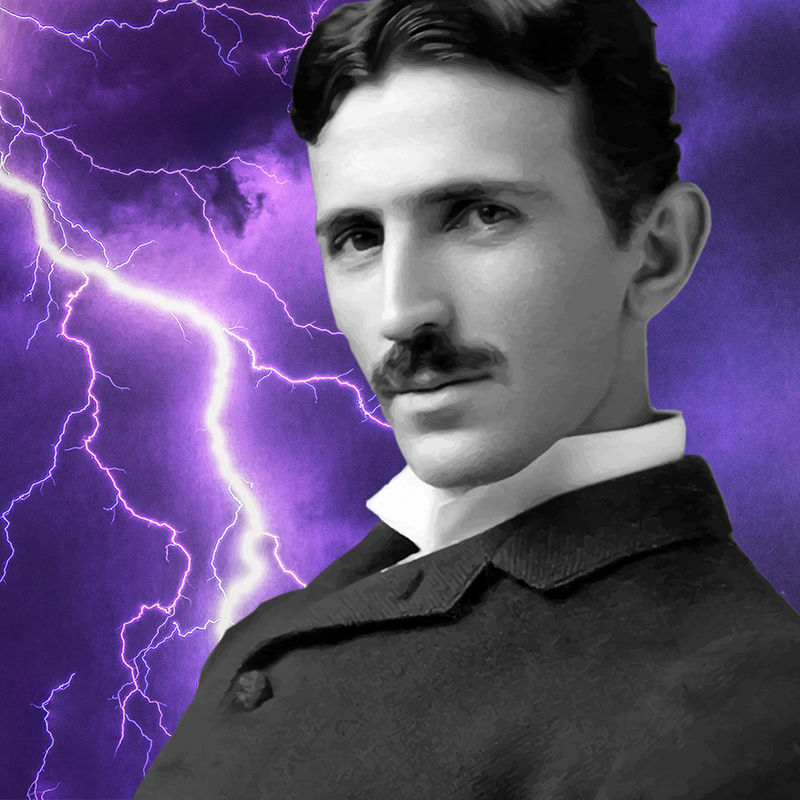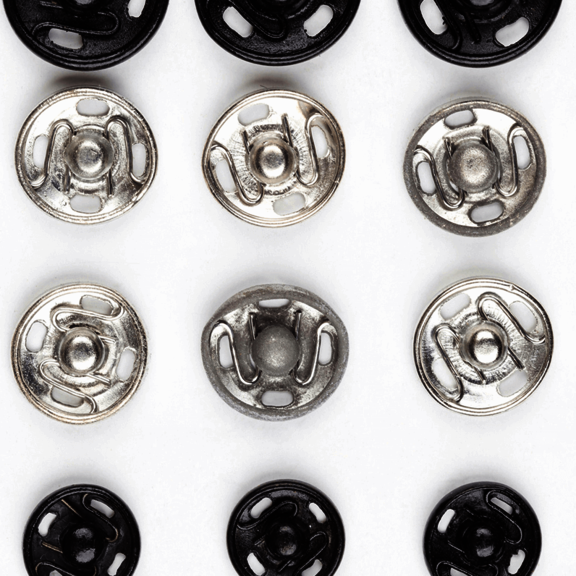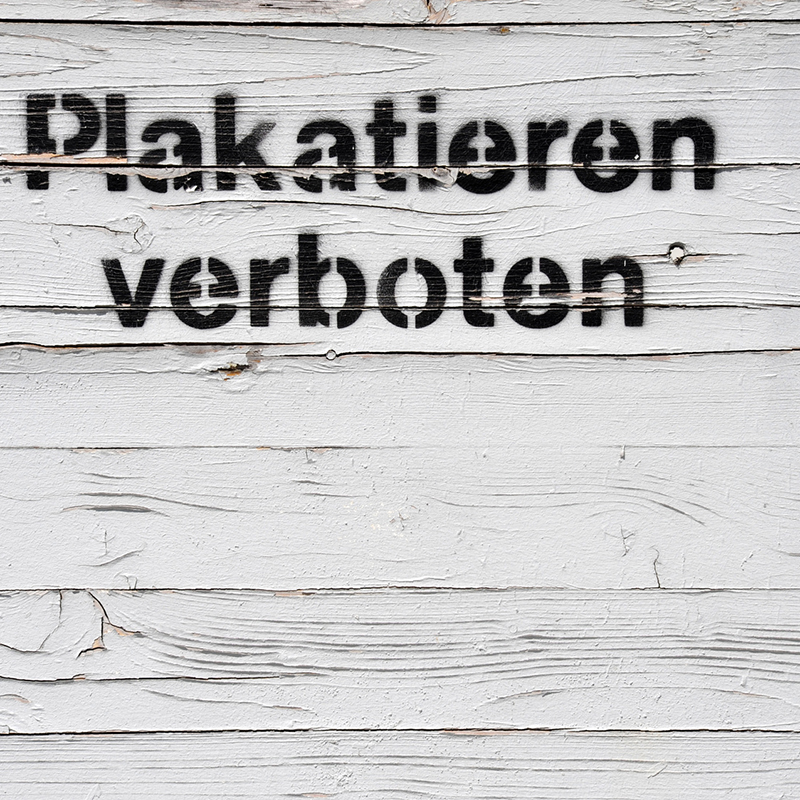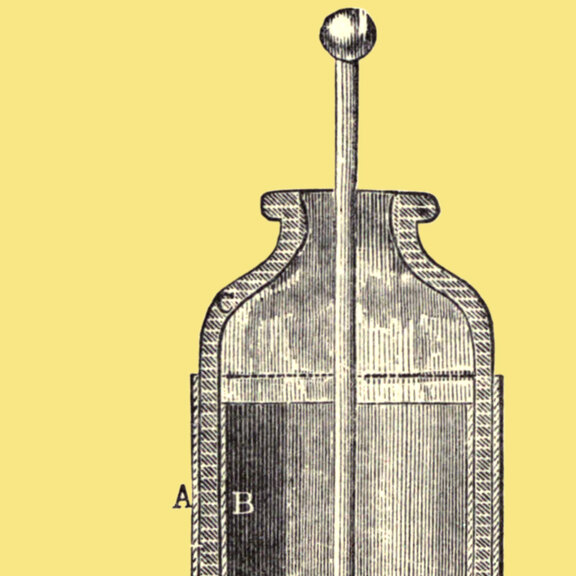It was an attraction on Berlin’s Kurfürstendamm in 1975: a clock with illuminated colored fields that showed passers-by the time based on set theory, where the glowing lights, placed in four rows, had to be added up in a certain way. This unusual way to display the time was the brainchild of Dieter Binninger. It was no wonder: the clockmaker and electrical engineer by trade had set his mind on conquering the world with his invention. He planned to start in Berlin and donated the prototype of his clock to the Charlottenburg district.
Light bulbs with integrated ballast: eternity light bulbs
He soon found, however, that the hundreds of light bulbs in his Berlin Clock required too much maintenance, costing the equivalent of around €5,000 per year. So Binninger set to work: his vision was for light bulbs with an extremely long lifespan. The engineer tinkered and experimented and finally developed a light bulb with an integrated ballast. According to Binninger, the main difference between his light bulb and a normal one was that his was operated using higher power and reduced voltage. However, the color temperature and light efficacy also decreased.
The industry had its doubts about the cost- effectiveness of Bininger’s invention. So the engineer decided to produce his light bulb himself in a small factory in Kreuzberg, Berlin. In 1979, he applied for the first patents for his development. After the fall of the Berlin Wall, he wanted to take over the GDR lighting manufacturer Narva from the Treuhand state holding company so that his invention could be manufactured on a large scale. But that very same year he died in a plane crash.
Binninger’s Berlin Clock was shut down in 1995 because the city of Berlin did not want to take over its operation. On the initiative of some businesspeople, it was moved to Berlin’s Europa Center on Budapester Straße in 1996. Here, the glowing lights still attract the attention of passers-by today.
(Header image: Mopic – AdobeStock, in the article, left: Berlin Kurfürstendamm 113714a by Willy Pragher on Wikipedia licensed under CC BY 3.0, right: COHAUSZ & FLORACK)

